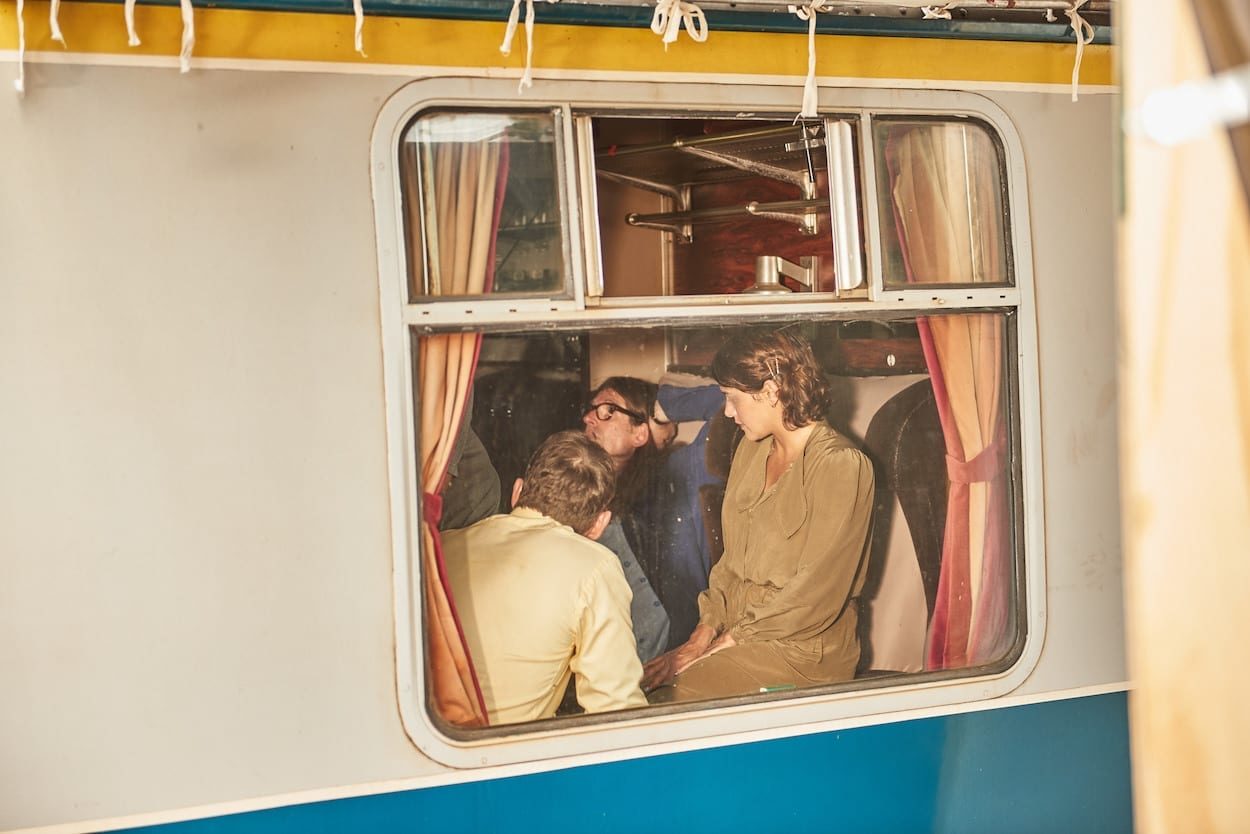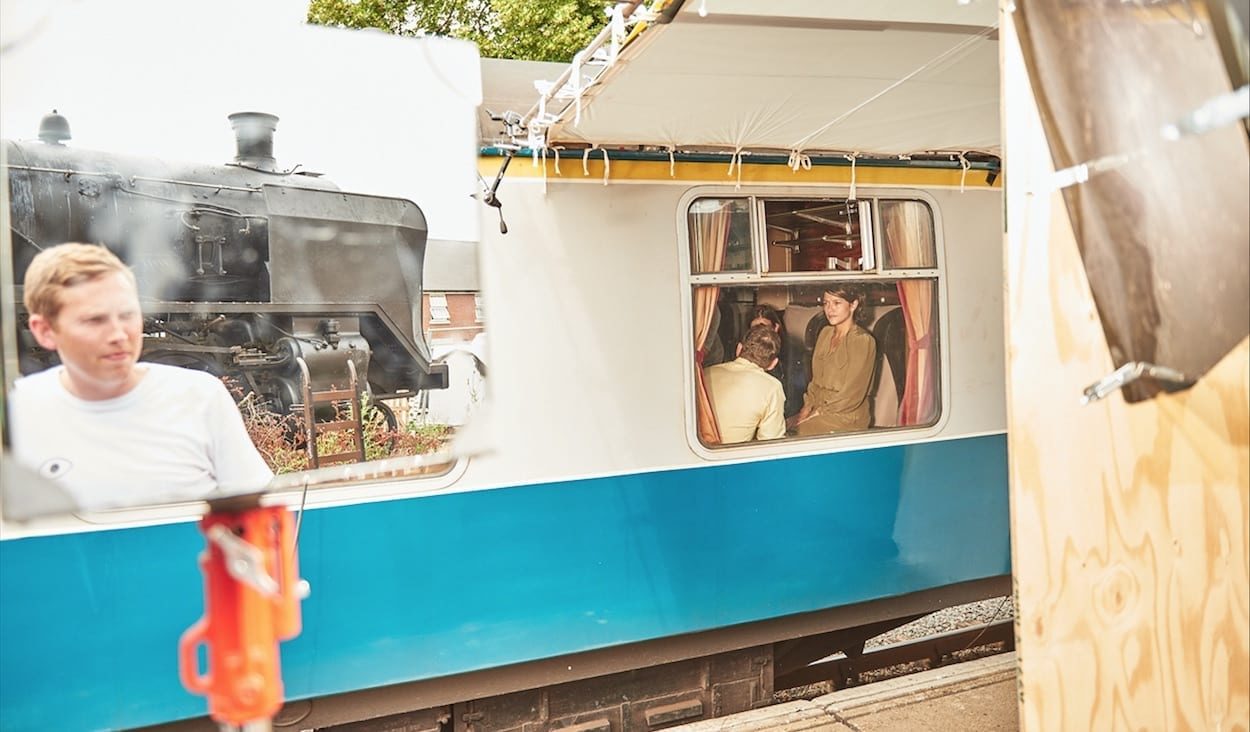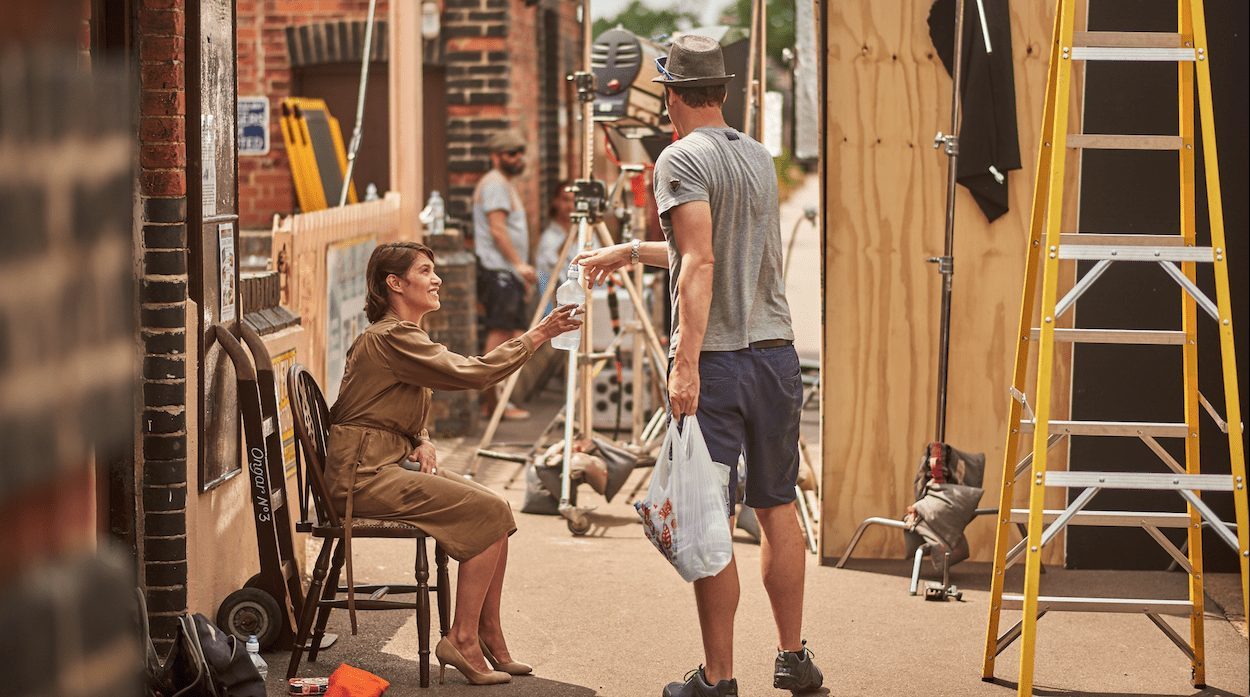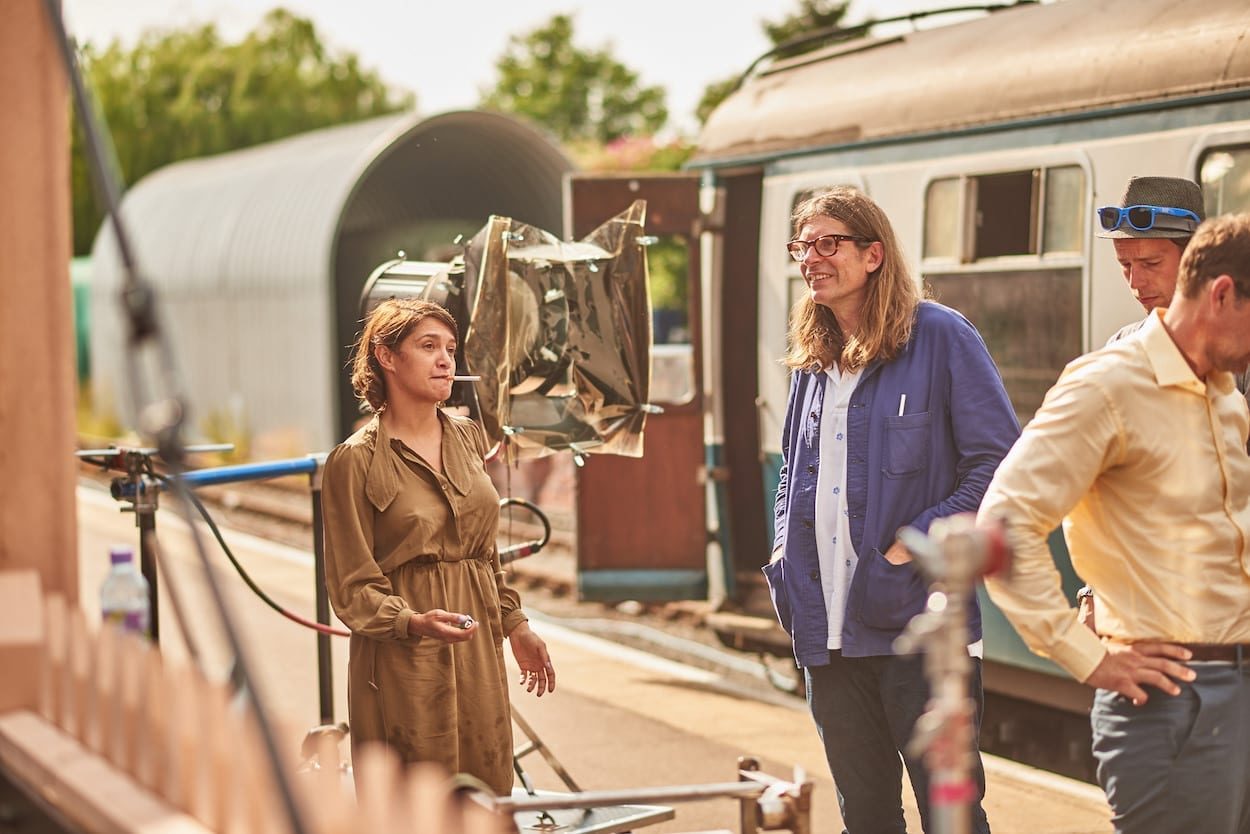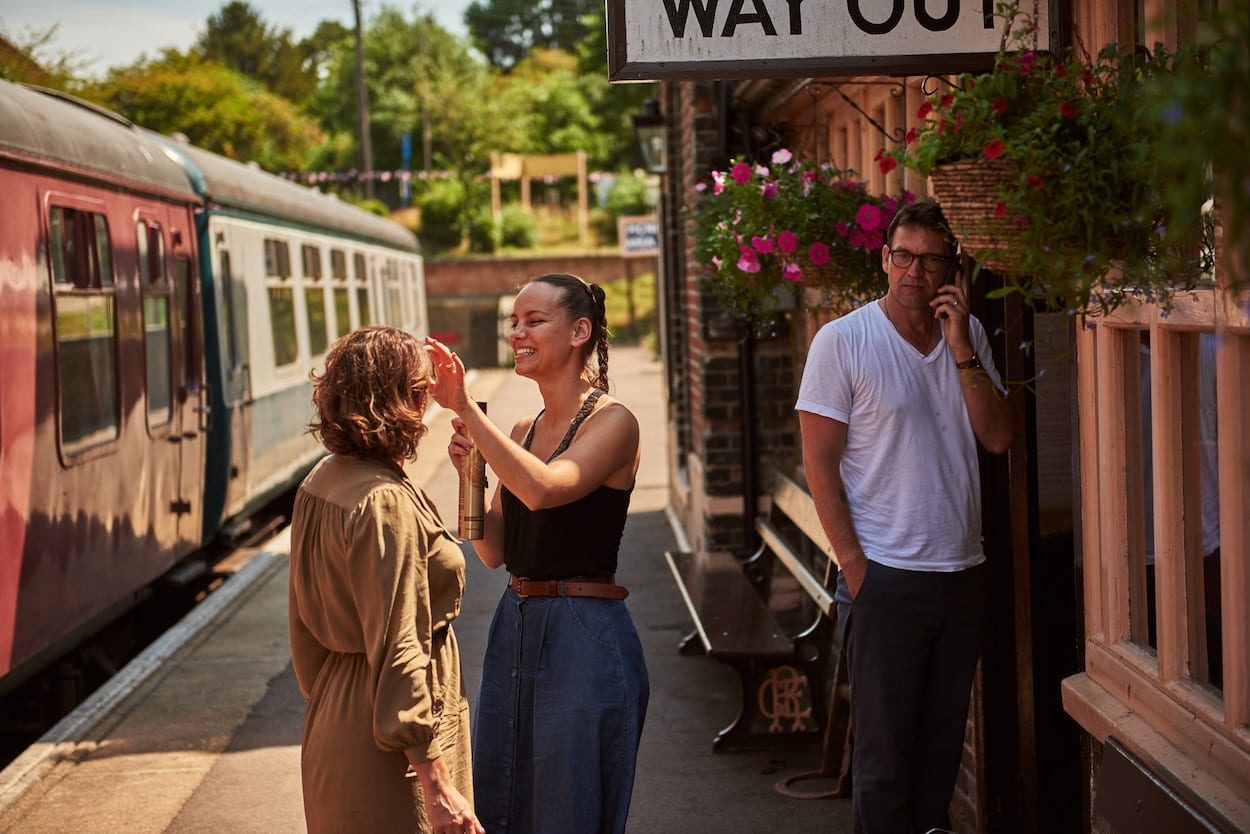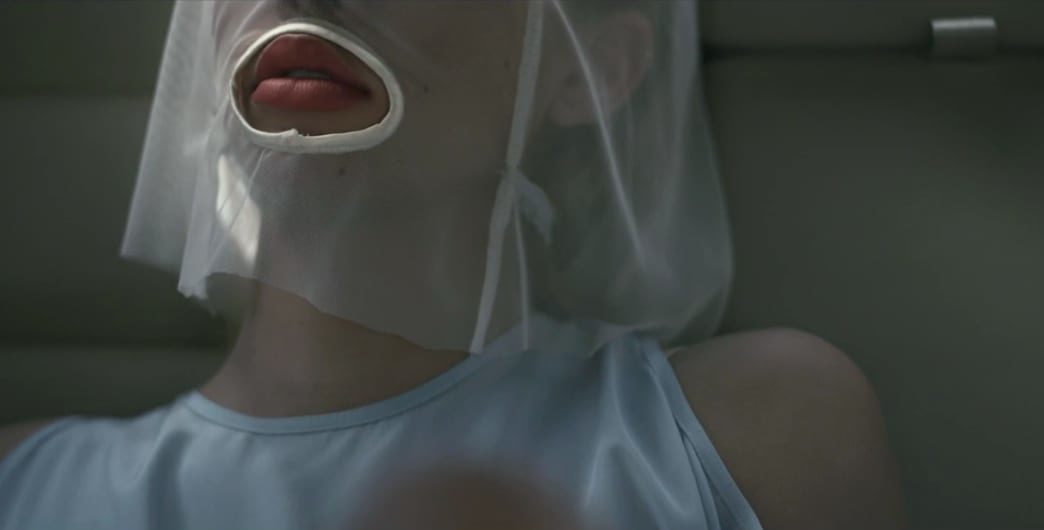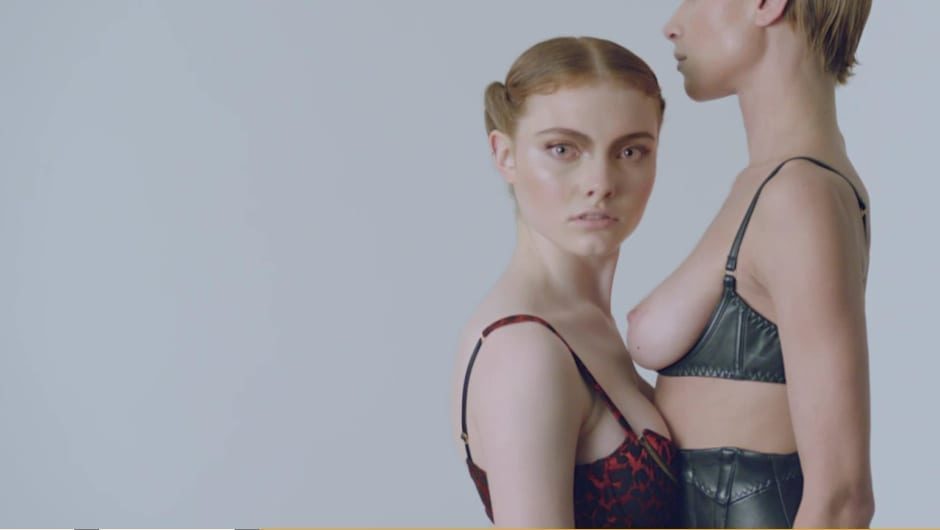Your interpretation of Guy de Maupassant’s short story “The Idyll” elevates the narrative to
a visual feast of intimacy and intrigue without being overtly sexual, (although Maupassant
probably didn’t intend to convey sexuality either). Could you please tell us how your script
evolved – from first reading The Idyll to when you felt you owned the narrative and were
ready to shoot it.
I first read this story when we had recently had a child, my wife who runs her own business
was working full time, feeding, expressing, travelling to meet with clients in Paris and
Stockholm whilst still trying to make it home at night.
It struck me how this story perfectly encapsulated the collision of nature and culture; the
world has developed with such a tremendous force but our physiology has remained as it
has for millennia. Now in the 21st century this clash between work and nurture has never
been sharper.
These themes are so deeply embedded in the story that I didn’t want to wave a flag for the
plight of the working mum; but instead present the female character as a funny
independent person who initiates conversation by gently ribbing the stranger opposite her.
What takes place is extremely intimate, but the relationship to desire, and breasts, is of
course very complicated! It is not that we didn’t want to go there but you only have to walk
around a gallery of Renaissance painting to spot that breast feeding as a depiction of
intimacy and sensuality is as old as God (so to speak).
What was behind your decision to refine the characters from Maupassant’s plump peasant
woman and starving Italian labourer to the more elegant duo?
Characters that work in literature can sometimes feel heavy handed on screen. I felt the
complexity of characters needed to be drawn certainly from a visual aspect with more
subtlety, the plump woman feeding the thin man; too much. I wanted the characters to
have balance , a kind of equality so the power shift between them could be very gentle. The
challenge was how to bring two strangers together towards an act that on the face of it
would seem extreme, but do it so gently that it seemed perfectly acceptable and human. To
do this I needed to create two characters that had dimension but in a subtle way.
Although the film is dialogue heavy there’s an unspoken connection between the
characters which completely draws the viewer into their world. How did you go about
directing the actors to achieve this?
I was lucky enough to find two really good actors who both taught me as much as I directed
them. Dougray Scott and Emma de Caunes are both vastly more experienced than me in
narrative filmmaking. We did a very intense rehearsal where we went through every line of
the script talking about the meaning beneath each line of dialogue. We did this before
any read through so before we came to perform we had, for the most part, sorted out the
unspoken dialogue. After a few read throughs we put away the script and did the film
improvised. During the improvisation they tried to make the other laugh, I wanted the film
to be about a burgeoning friendship rather than a building of sexual tension.
The changing light and colour palette bring a modernity to what could have been a cliched
period piece. What were your main concerns – tone, mood, framing etc that brings your
own distinctive voice to the production?
This is something the I worked on closely with Ricard Stewart, our DOP. We very much
didn’t want to fall into the Belle Epoch cliche but also didn’t want to feel like a particular
time or place. We invented the term ‘era agnostic’. We wanted the train to be archetypal;
two seats and a window. The compartment is like a capsule moving through space, when
you sit opposite someone you share something, most of the time unspoken. We wanted to
create this intimacy without leading towards as you put it anything ‘overt’.
The train travels through stunning landscapes – where did you shoot the film? We googled
mapped Ongar to find it’s in Essex and get the sense that the train is travelling from
Scotland or have we got that completely wrong? Was there some clever post involved for
the window scenes and it was actually shot in a studio?
We shot the train static in Ongar in Essex on the hottest day of last year. Our crew got to
push lights up and down tracks to recreate the passing light during each take. We shot the
film mostly on continuous takes running right through the script so it was some magnificent
feat of stamina on behalf of the sparks. We then travelled to Extramadura in Spain and
shot the moving backgrounds which we composited at Poster in Paris; I also asked them
to put in the Ongar sign into the Spanish station to complete the circle. Ongar is fabulous
place where they run steam engines and old BR diesels at the end of the Central Line. I
take my four year old son there a lot, which might give you an indication of how long this
process takes!
What were the main challenges of the production and how did you resolve them?
My challenge was finding the right producers, Tarquin Glass and Kate McCreery, and
handing all the challenges over to them. We are now adapting a novel into a feature film
so those challenges have grown eight legs and have several heads.


